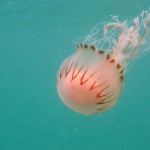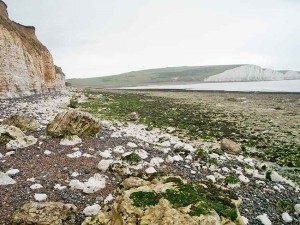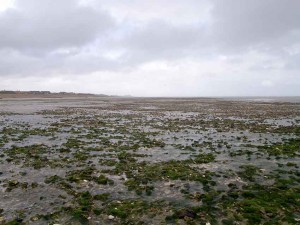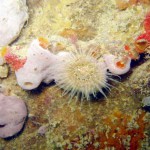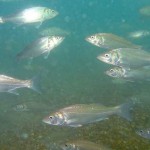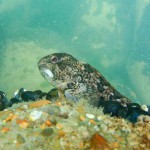What an amazing Blue Planet we are privileged to live on, full of life that has taken advantage of every conceivable opportunity. As an island nation the sea surrounds us and we depend upon it for our relatively benign climate; many resources such as food, energy and building materials, transport and communication; protection; and recreation and well being, yet we know so little about it. Of all the environments that are least understood the marine world is the least understood despite the fact that it dominates our planet. New species, relationships and processes continue to be discovered.
Sussex possesses approximately 150 km (93 miles) of curving varied coastline (excluding the wiggles in Chichester Harbour etc!) with a rich variety of habitats. In the west it is low lying but moving east it rises with the exposure of the chalk and sandstone forming magnificent cliffs. Natural substrates including sand, mud, shingle, chalk rock, greensand and clay, provide opportunities for a rich variety of seashore (littoral) and sublittoral marine life. Piers, seawalls, timber, wrecks and other artificial substrates provide further homes for marine life. With apparent changing environmental conditions species normally found further west in the Channel have and are extending their ranges into Sussex including jewel anemones.
A visit to the seashore or a dive can be very rewarding and a chance to be able to see and appreciate virtually every major type of living thing to be found on Earth. Compared to our knowledge of what is present on land our understanding of what is beneath the waves is tiny. Enjoying, photographing and recording the presence and distribution of organisms on land are very popular. The same rewards can be had from a visit to the shore or a snorkel or dive beneath the waves.
Information on habitats, as well as species, can provide important data that can be used to extend our appreciation and understanding of our marine heritage, help in understanding the threats to the marine environment and aid in the planning process.
Revel in the wonders of our marine and shore life. Any visit can help provide information that can be added to our growing database of British marine life and be submitted here. The minimum data needed to make a record useful are:
-
- Date of record
-
- Place
-
- If you can – the National Grid Reference or a Lat. Long. reference.
-
- Name of the recorder
-
- Species/habitat recorded
In addition information on weather, tide, substrate (sand, chalk, clay or whatever), visibility (for underwater records), are also useful. Better to have too much data than not enough.
If you take photographs, all-the better, as these can provide visual evidence of what you see/find. Images can be sent in for identification or even use (with permission to use and due acknowledgement).
Get down to the sea and enjoy!

